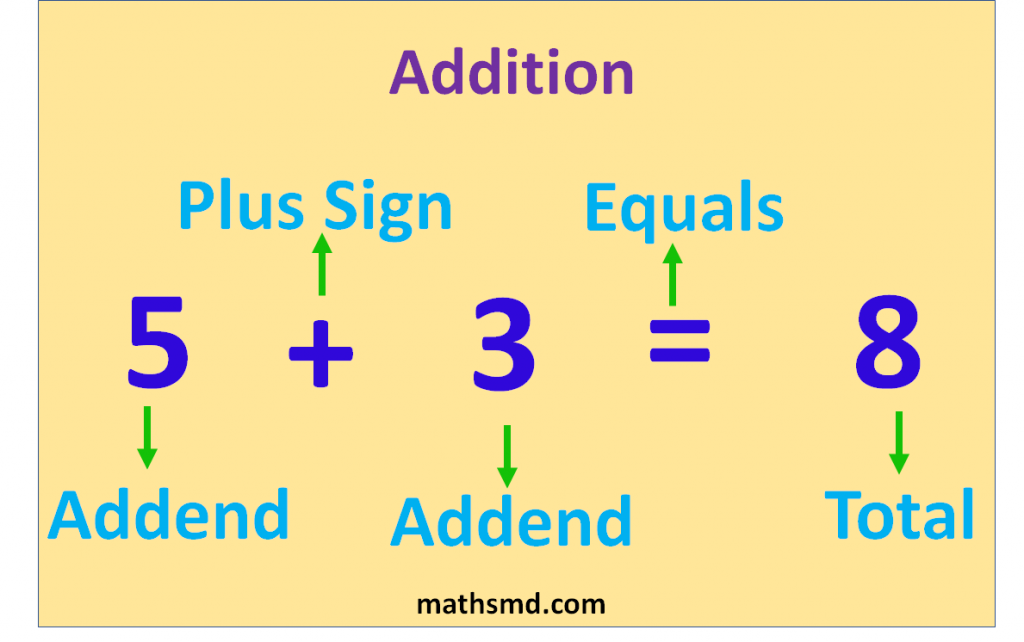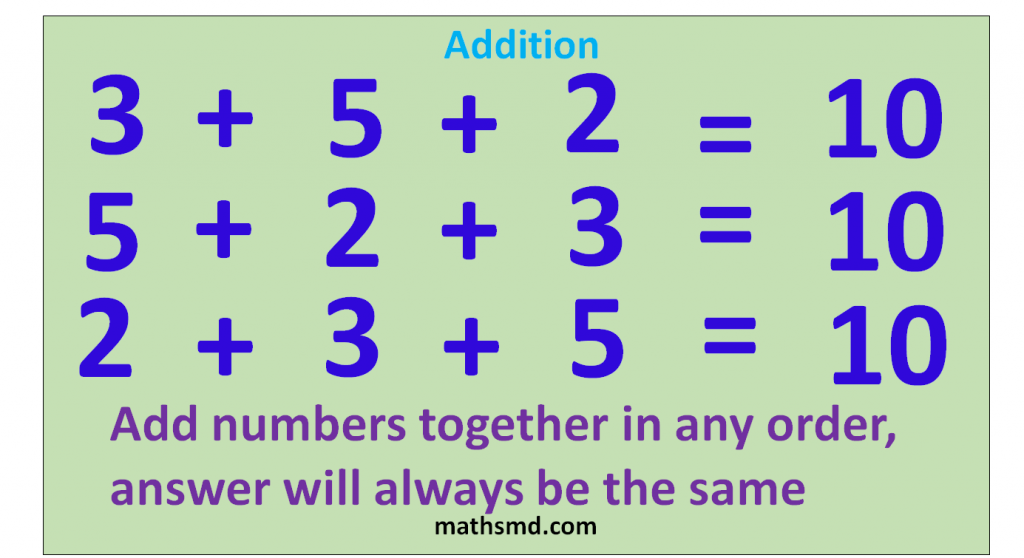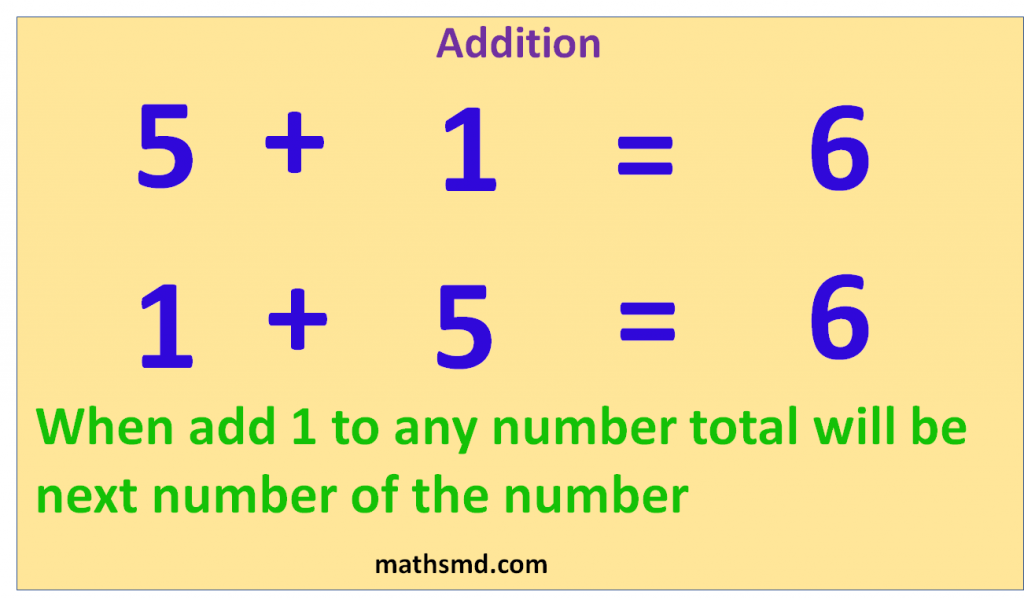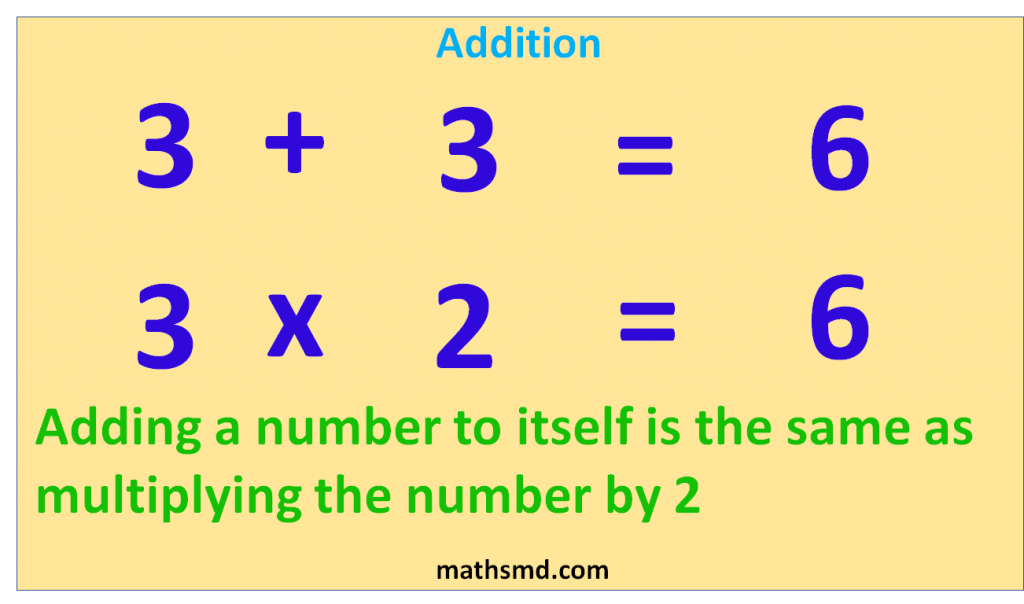Addition – Definition and Examples
Addition – Definition and Examples
In this section we will learn the basics of addition. (+) addition is a basic operation of arithmetic.
To bring two or more numbers together and make a new number, is known as sum, add or total.
Total is amount of two or more numbers or things.
When we add 5 and 3 we get 8
we can write it like this
Example: 5 + 3 = 8

In words we read it as
“Five plus three equal to eight”
The numbers to be added together are called the “Addends”, and 8 is called the sum or total.
+ is the plus sign.
= is the equals sign.
5 and 3 and are addend.
8 is the sum or total.
Addend + Addend = Sum or total.
other names of addition are
Sum, Plus, Total, Increase.
The term addition is used to describe adding two or more numbers together.
The sign “+” is used to denote an addition,
for example 3 + 2 = 5
the sign + can be used multiple times as,
3 + 4 + 5 + 7
The symbol Σ may also used for addition.
Four facts about addition
(i) In addition, the order of number doesn’t matter we add numbers together in any order, answer will always same.

Example: Sum of 2 + 3 + 4 + 5
equal to sum of 5 + 4 + 3+ 2
(ii) When we add zero to any number the total will be same number.

(iii) When we add one to any number, the total will be next number of the number.

(iv) Adding a number to itself is the same as multiplying the number by 2.




